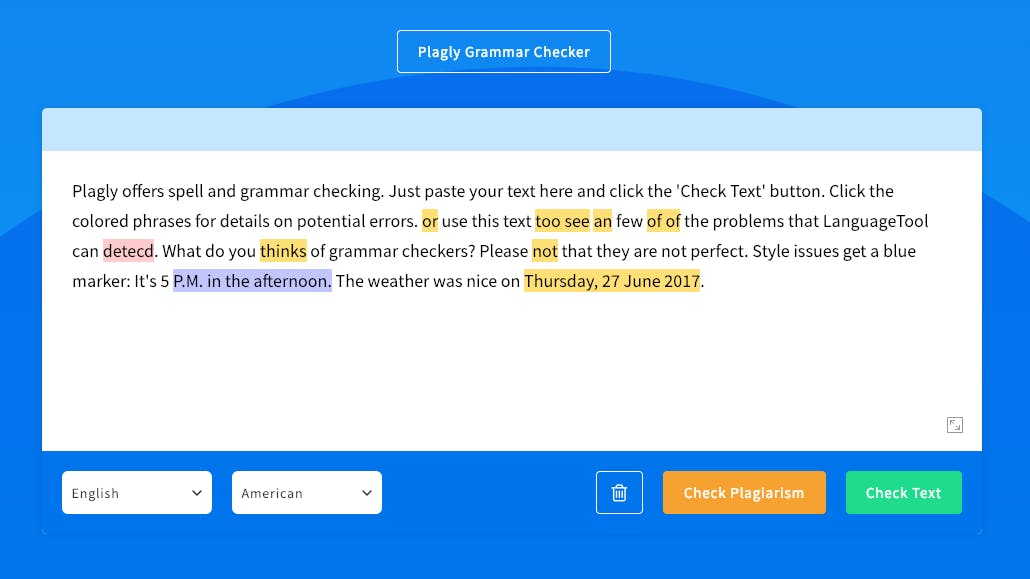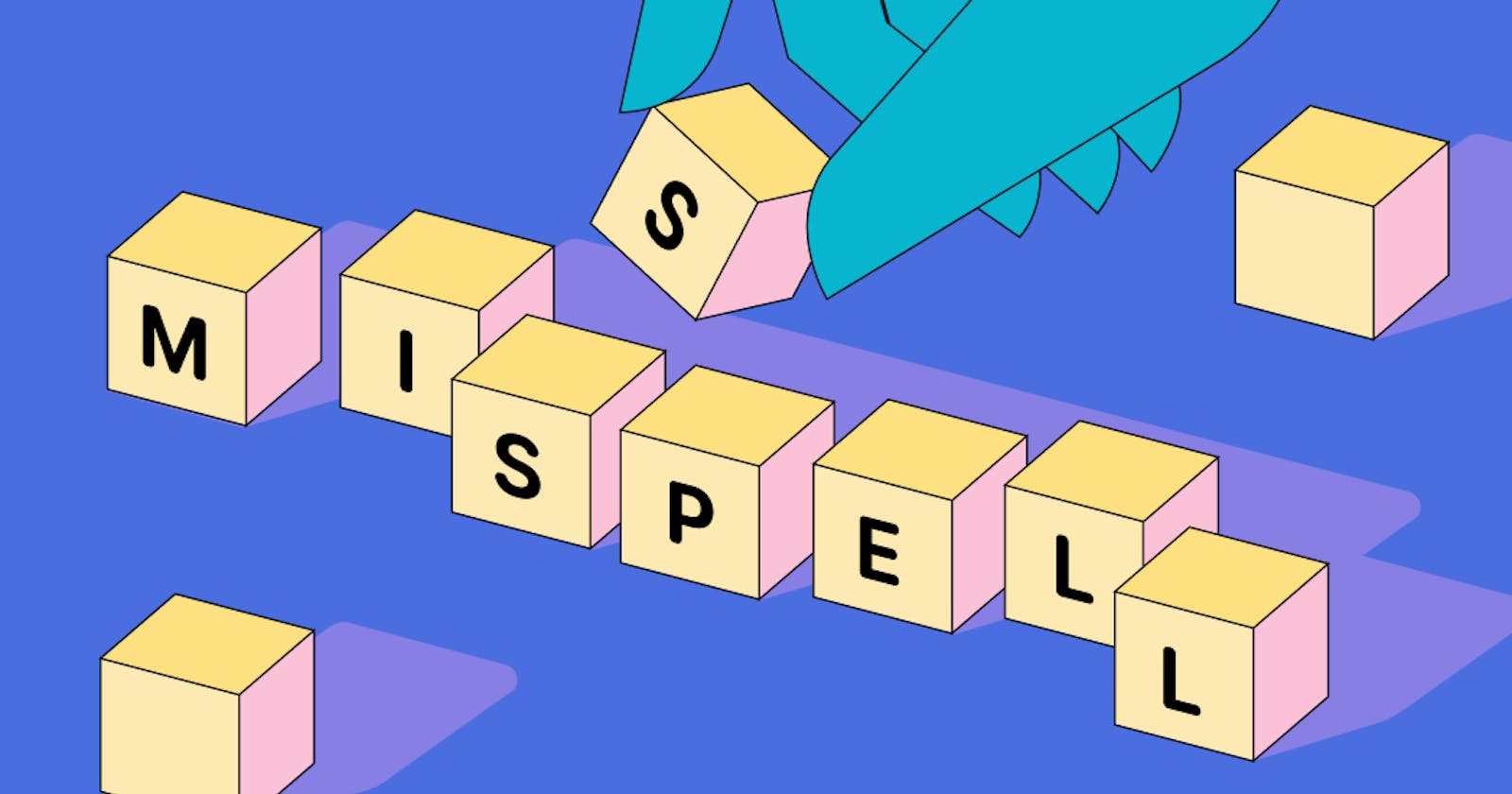Have you ever typed out a sentence, hit send, and then cringed at the glaring red underline? We've all been there, victims of the dreaded typo. But fear not, for the humble spell checker stands as a silent guardian, catching our slip-ups before they reach the world. But have you ever wondered, what magic lies behind this seemingly effortless correction?
Today, we delve into the fascinating world of spell-checker algorithms, exploring the techniques that power these grammar guardians. Get ready to uncover the secrets behind those red squiggles!
Step 1: Identifying the Culprit
The journey begins with identifying the suspect - the misspelt word. Spell checkers typically break down text into individual words and compare them against a massive dictionary. If a perfect match isn't found, the algorithm springs into action.

Step 2: The Art of Approximation
Here's where things get interesting. Spell checkers don't just declare a word wrong; they employ clever algorithms to find the closest match. One popular approach is the Levenshtein distance. This method calculates the minimum number of edits (insertions, deletions, substitutions) needed to transform the misspelt word into a valid one. Words with smaller edit distances are considered more likely candidates for correction.

Image Source:https://images.app.goo.gl/BxySwFSRNaMyF4UD9
But wait, there's more! Modern spell checkers go beyond simple dictionary lookups. They leverage statistical information like n-grams, which analyze the frequency of letter combinations in language. This allows them to catch even words not explicitly present in the dictionary, like cleverly misspelt slang or newly coined terms.
Step 3: Ranking the Possibilities
With a list of potential corrections, the spell checker needs to pick the most likely culprit. Here, factors like word frequency and context come into play. Words that appear more often in the language or fit better in the surrounding sentence are prioritized. Additionally, some spell checkers utilize machine learning models trained on real-world writing data to further refine their suggestions.

Image Source: https://images.app.goo.gl/TPjFrVQpCFmtQdh68
Spell checkers have evolved beyond basic typos. Some tools offer suggestions for grammar, style, and even plagiarism detection. These advanced features rely on more complex algorithms and natural language processing techniques to analyze the nuances of language and provide comprehensive feedback.

Image source: https://images.app.goo.gl/VvuQKMstrC9ye9Xi9
The Future of Spell Checking:
Spell checkers are constantly evolving, incorporating new technologies like deep learning to become even more intelligent and context-aware. As language continues to change and adapt, expect spell checkers to keep pace, ensuring clear and error-free communication for all.
So, the next time you see that red underline, remember, it's not just a judgment, but a testament to the complex algorithms working tirelessly to ensure your writing shines!
